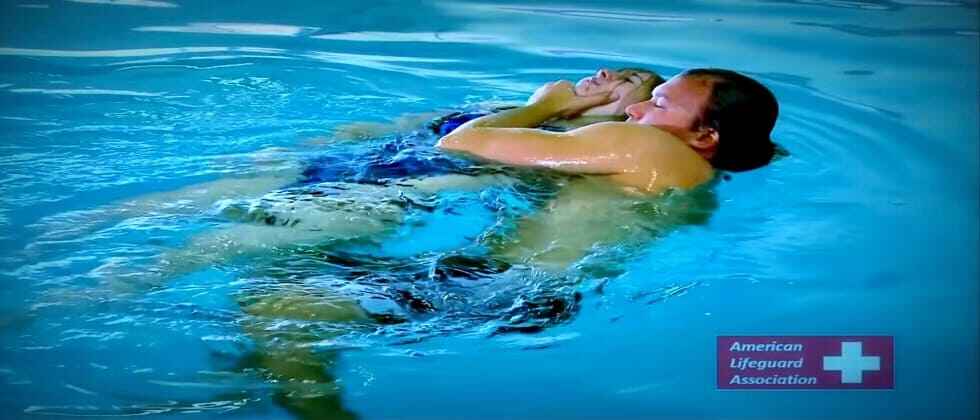The first step when choosing a lifeguard class is determining your specific needs and availability. Are you looking to become certified immediately for a summer job? Pursuing certification as a personal interest or hobby? Whatever your goal, you’ll want a class that fits your timeline.
You’ll also need to factor in your schedule. Lifeguard classes often occur on weekends to not interfere with a traditional work or school week. Make sure any classes you’re considering have dates and times that align with your commitments. Some organisations like the American Lifeguard Association offer both condensed weekend options as well as spaced-out evening and weekday sessions. Starting your search by knowing your availability will make finding the right fit much easier.
Research Instructor Qualifications
Just as important as a lifeguard class schedule is ensuring your instructor is highly qualified. A well-trained instructor can make all the difference in feeling fully prepared for real-world lifeguarding after certification. Be sure to inquire about an instructor’s certifications, years of experience, and ongoing training requirements.
Look for instructors that are certified through renowned organisations like the American Lifeguard Association. These certifications mean they have passed extensive examinations on surveillance techniques, first aid protocols, spinal injury management, and more. Experienced instructors who have been actively lifeguarding for several seasons can also share practical advice on handling diverse rescue situations.
Consider Lifeguard Class Length and Structure
When comparing different lifeguard certification programs, take note of their total hours and how that time is split between classroom and in-water skills sessions. A quality lifeguard class will have a balance of both theory and hands-on practice. Aim for programs with at least 20 hours total, with several dedicated to real-world scenarios in the water.
Skills sessions allow you to get comfortable with techniques for spinal injuries, breathing emergencies, pool rescues, and surf zone rescues before testing. Lifeguard training exclusively focused on sitting through an online course or cramming information will not fully prepare you to respond confidently in an aquatic emergency. Choose a program with an engaged instructor available to provide feedback during practice.
Focus on Reputation and Guarantees
Just as you would thoroughly screen any business or service provider, it’s important to research a lifeguard certification program’s standing. Look for online reviews from past students about the quality of instruction, thoroughness of materials provided, and whether they felt confident post-certification. Repeated positive feedback is a good indicator of an effective program.
You’ll also want to understand any guarantees provided. Choose a program that will work with you if needed to ensure mastery of skills and ultimately allow you to test and certify. Reputable programs from the American Lifeguard Association back their training and will offer a discount or retake option if for any reason a student does not pass the initial assessment. Your certification investment should come with confidence you’ll complete all requirements.
Consider Cost and Ongoing Training Access
Lifeguard certification costs can vary depending on program length, materials included, and classroom size ratios. Look for competitively priced options between $250-300 for full certification, especially from reputable leaders in aquatic safety like the American Lifeguard Association.
Check if initial fees include an online manual or textbooks to reference after the lifeguard class. Also, determine if the certification term is for one or multiple seasons and whether refresher training is included with registration under a single organisation like the ALA. Considering long-term access to updates and continued education helps ensure you feel supported in your career long after the lifeguard class ends.
Facility Considerations
When scouting lifeguard classes, take note of where the training will take place. An ideal location has various aquatic facilities that allow practicing rescues in shallow and deep water. The American Lifeguard Association often partners with local pools, lakes, and beaches to provide diverse rescue environments.
Inspect if areas are appropriately marked and supervised for safety during skills sessions. You’ll also benefit from facilities well-maintained with operational equipment like backboards and rescue tubes readily available for practice. Spacious areas prevent crowding so you receive personalised attention. Some programs rotate through multiple approved locations for variety.
Consider Instructor and Student Ratios
Low teacher-to-student ratios are important for receiving focused guidance on skills. Aim for classes with no more than 6 students per 1 instructor, allowing time for individual feedback. This is crucial in the water where instructors can personally observe your technique and provide live corrections.
Quality programs from the American Lifeguard Association know small classes enhance the learning experience. Instructors can walk around to each student versus large groups where some may fall behind. Consider this factor if choosing between programs of different capacities. Your safety depends on mastery of all required water skills.
Follow-up Support After Certification
Even after completing a lifeguard class, continuing education is highly recommended for best safety practices. See if the program provides bonus materials or refresher courses within their certification period to reinforce your skills over time.
Industry leaders like the American Lifeguard Association make follow-up training accessible through online seminars and seasonal workshops. Connecting with the instructor’s post-certification allows accessing extra drills or asking questions as needs arise on the job. Strong follow-through ensures you feel fully equipped for the duration of your certification term and beyond.
Customise Your Search
With so many aspects to consider when choosing the best lifeguard class, it’s helpful to prioritise your unique criteria. Make a list of absolute requirements like date availability along with preferred features like practical hands-on time and reputable instructors. Customise your search to programs meeting as many of your top items as possible.
Cross-reference classes fit your priorities with reviews to find one that best suits your needs, schedule, and learning style for a thorough yet affordable certification you can feel confident about. With diligent research using the points above, you’ll locate the perfect lifeguard class to prepare you for any aquatic rescue situation through programs from leading organisations like the American Lifeguard Association.





